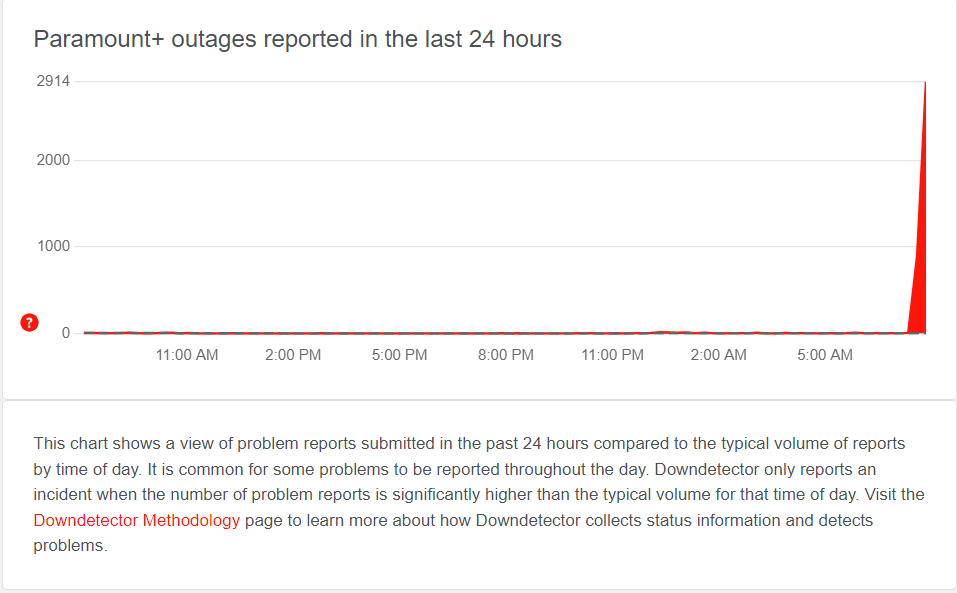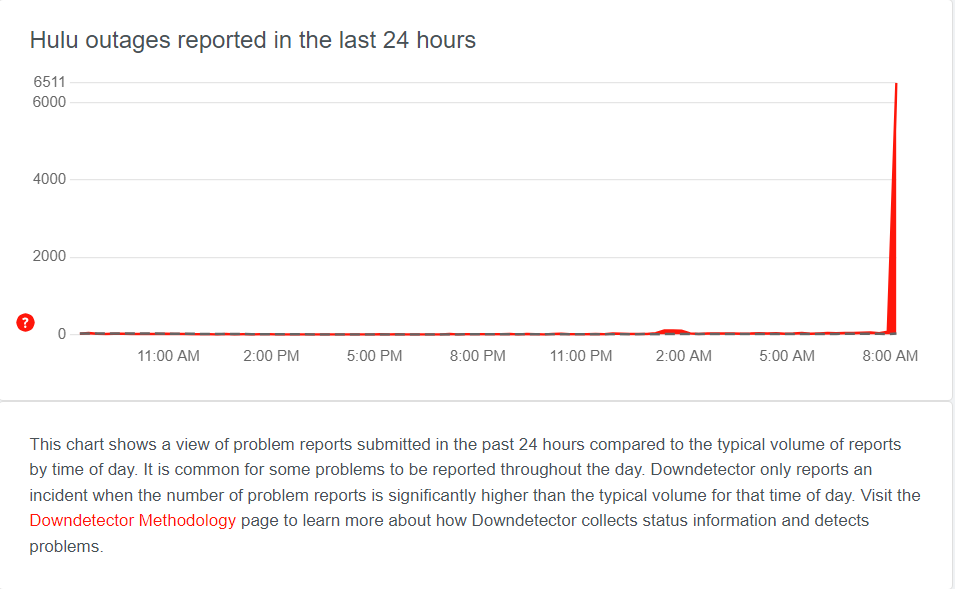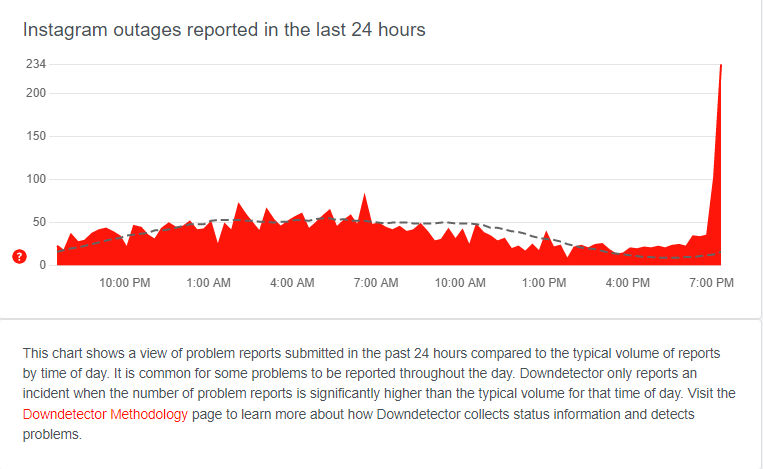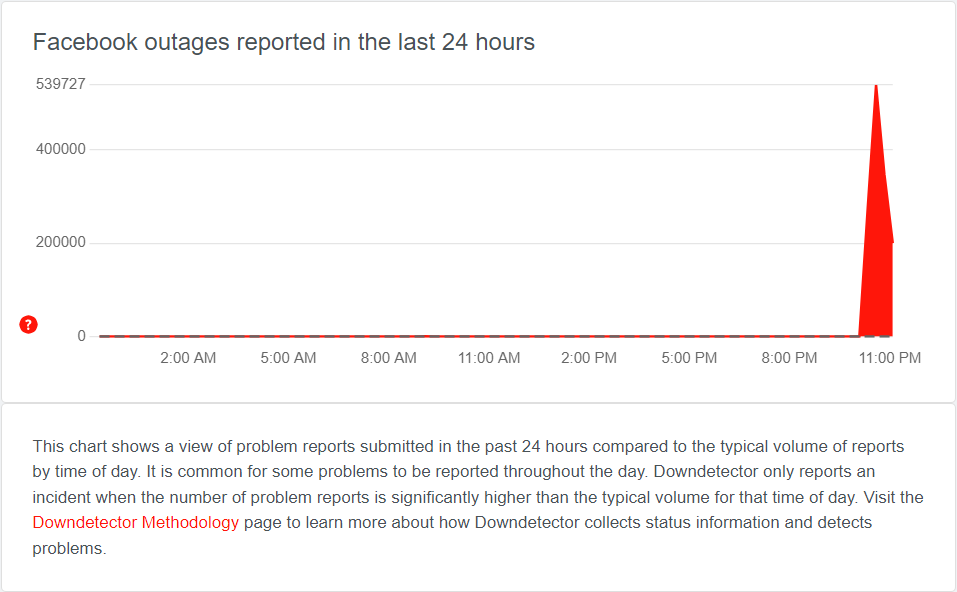Men are often perceived as risk-taking and adventurous, while women tend to be seen as more cautious and risk-averse. So, is that why men have more car accidents? Research suggests that there is a gender bias when it comes to driving accidents. According to statistics, men are involved in almost 72% of all car accidents. The likelihood can be attributed to their tendency toward risk-taking behavior, which causes them to take more risks. Based on these statistics, it appears that they have a higher rate of car crashes. But does this mean that females are safer drivers than males? Keep reading to find out.
Men and Women Automobile Mishaps
Research confirms that male drivers are more aggressive and take more risks, for example, speeding in inclement weather, or while intoxicated. Moreover, men also tend to drive more compared to their female counterparts. In the United States, males drive an average of 16,550 miles every year compared to women, who drive 10,142. This is especially true because they make up the majority of truck drivers. Accordingly, driving for long distances and periods increases the likelihood of being involved in a crash.
On the contrary, female drivers take fewer risks. In general, they are more patient and less likely to drive in a competitive manner. Moreover, when women drive, they tend to be more focused on their surroundings, which makes them more aware of potential hazards.
The Truth About These Crashes
Does the information above mean that females are safer drivers? Not necessarily. The main reason for this discrepancy is that there are more men driving at a higher volume than women. In fact, one study showed that when the amount of miles driven is taken into account, the difference between males and females almost disappears. In other words, the number of crashes is almost the same when the number of miles driven is taken into account.
The Shocking Statistics
People are more connected than ever before, and that includes on the road. New technology has made it easier for individuals to stay connected and respond to texts, social media, and other communications on the go. However, this new level of connectivity has also made driving riskier. In fact, automobile accidents are on the rise – and they aren’t getting any better. The shocking statistics behind this phenomenon are difficult to read. Their implications are even more frightening. Sadly, children under the age of 15 are still ending up in emergency rooms due to automobile accidents. In fact, the CDC states that automobile collisions are among the leading cause of demise in this age group. Let’s take a closer look at why this is happening. These stats will have you rethinking your next drive.
Unfocused Driving Is at an All-Time High
Drivers are spending more time than ever on their devices. From texting to browsing the web, it’s become normal to multitask while on the road. In fact, people are spending 2.8 times longer on their cell phones while behind the wheel than they were just five years ago. This high rate of distraction is responsible for many crashes and fatalities. The National Safety Council reported 3,142 distracted driving deaths in 2020.
Driving while Intoxicated Happens Too Often
Though there’s been a significant decline in drunk driving over the past decade, there are still troubling stats related to this habit. According to NHTSA, there were 11,654 drunk-driving fatalities in 2020. This was a 14% increase from the year 2019. Though drunk driving is currently illegal in all 50 states, it’s still happening far too often. Unfortunately, this problem is trickling down to younger drivers as well.
Millennials Are Shifting the Game
Automobile mishaps are nothing out of the ordinary. Young people, especially teenagers, are the largest demographic to be involved in these collisions. Even though distraction is still prevalent, a large number of the mishaps can be attributed to the lack of experience. Persons between the ages of 16 and 24 have the highest rate of mortalities accredited to automobile mishaps.
Drunk driving is also a contributing factor for the fatal car accident rate. In some of the worst states in America for driving, there are 9.4 fatal car crashes involving a drunk driver per 100,000 drivers.
New safety features and innovations are constantly being developed and implemented to reduce the number of fatalities and risks on the road. From self-driving cars to advanced assistance systems (ADAS), you are much less likely to get injured or killed in a car accident than ever before.
On the other hand, states across the country are taking measures to reduce this number and keep people safer. Accordingly, new laws are being passed to help drivers and pedestrians to stay safe. These changes include increased speed limits for autonomous vehicles and devices that alert drivers when they’re backing up into another vehicle. In addition to speed limit changes, a majority of states have enacted laws regulating pedestrians’ right-of-way at crosswalks. These laws range from requiring pedestrians to press a button to get a walk signal to awarding them the right-of-way by default.
Attempts to Ensure Safety Nationally
Some states have imposed laws mandating the use of hands-free devices while driving. They require drivers and motorists to use devices like Bluetooth headsets or speakerphones to talk on the phone instead of holding the phone in their hands. Others have also enacted laws around cellphone use. Many of these laws ban the use of these devices while driving. However, there are a few states that only ban handheld phone use for teenage drivers.
In some areas, it’s mandatory for vehicle manufacturers to include blind spot detection systems in all new vehicles. If your state has made this system mandatory, you may be fined for not having it installed. Whatever your circumstances or location, it’s important to know what these new laws mean for you as a driver or pedestrian.



